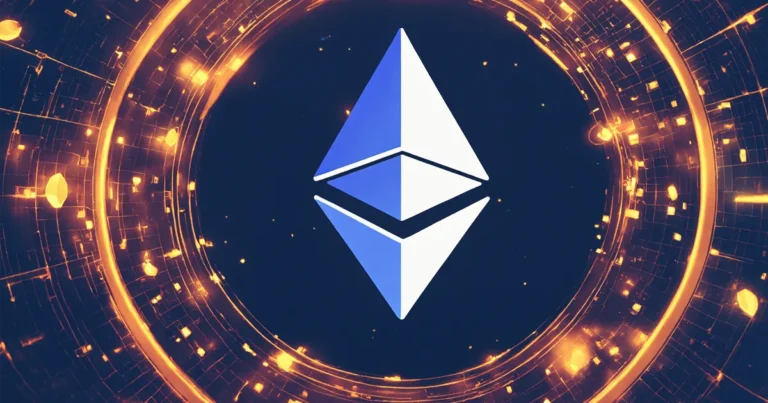3-5-2025 – The battle for supremacy among layer-1 (L1) blockchains is intensifying, with Ethereum’s once-iron grip on the Web3 arena loosening. Alex Svanevik, head of data analytics firm Nansen, told attendees that Ethereum’s unchallenged dominance, which seemed assured just a few years ago, is now a relic of the past as rival platforms vie for prominence in a dynamic and fiercely competitive landscape.
Solana is carving out a formidable reputation as a key challenger, lauded for its lightning-fast transactions and cost-effective fees, which stand in stark contrast to Ethereum’s higher costs. Svanevik highlighted Solana’s edge in critical metrics, such as active addresses, transaction volumes, and even gas fees, where it has eclipsed Ethereum’s performance. Yet, Ethereum retains its crown as the leading L1 network, commanding roughly $52 billion in total value locked (TVL), equivalent to 51% of the cryptocurrency secured across blockchain ecosystems, per DefiLlama’s figures. This, however, marks a steep decline from its 2021 peak, when it accounted for a staggering 96% of TVL.
The shifting tides have ushered in a vibrant era for blockchain innovation, with a handful of emerging L1 chains—five or six, by Svanevik’s count—showing promise as potential frontrunners. These smaller networks are jostling for relevance, though not all are built for longevity. Vardan Khachatryan, chief legal officer at trading platform Fastex, cautioned that some chains ride waves of hype, fuelled by new coin launches and airdrops during bullish market cycles, only to falter when enthusiasm wanes. Sustainable growth, he suggested, remains the true test of a platform’s staying power.
While Ethereum continues to anchor the sector with its robust stablecoin ecosystem and unmatched TVL, the rise of competitors signals a new chapter for Web3. The race to become the go-to platform for trading and blockchain applications is wide open, promising a thrilling contest as the industry evolves.


